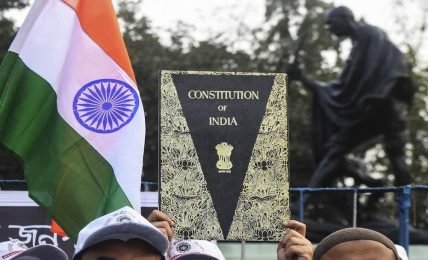From Mortality to Immortality – Excellence in Pre-Islamic India
Societies become civilizations or fall into ruins based on their ability to institutionalize. Societies that institutionalize events and processes are better able to leap forward, than those don't learn from successes and failures. A look at Institutions of Excellence in Pre-Islamic India - part III




